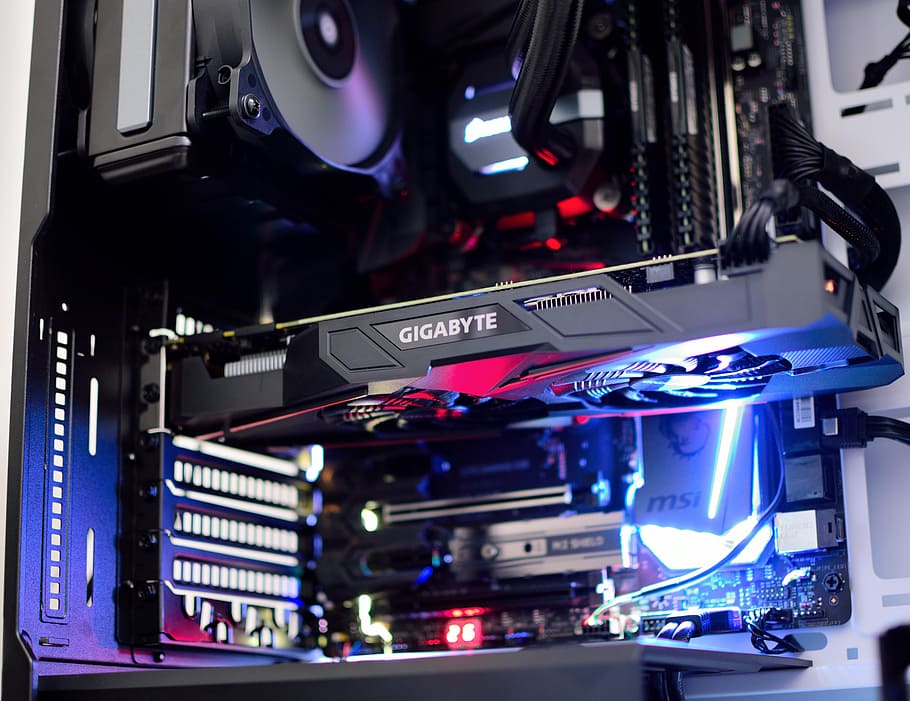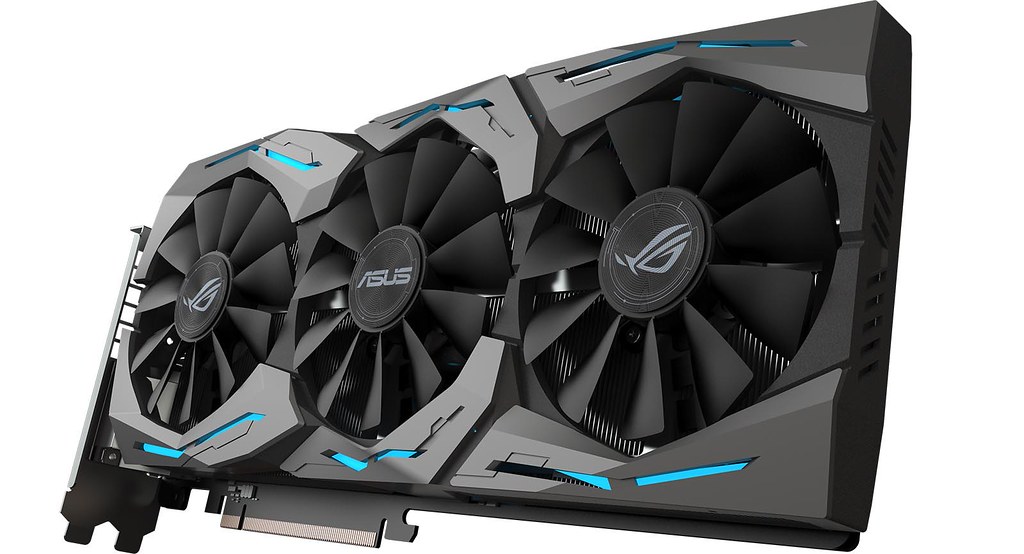The various graphics settings in video games can be the difference between enjoyment and boredom. Most games today rely on flashy effects onscreen to grab your attention. Games can also offer high definition graphics, from near-realistic looks to cinematic appearances. Because of this, newer games also require tremendous performance from your hardware. Unless you have enough funds to purchase the best graphics cards available today, odds are you will have one in the ‘decent’ category.
Because of this, you may have to do some tweaking inside the game’s video settings to maximize your hardware’s potential. But where do you start? Here are some tips to make the most out of your hardware setup.

Ultra versus Lower Settings
When you go to a game’s graphics settings, odds are you will see a simplified version in the form of a scroll bar. These presets often come with ‘low, medium, high, and ultra’ settings. Moving your settings into one of these will affect the entire selection, giving you a simplified way to change graphics settings.
Most players often push their graphics settings to the highest possible preset. Ultra mode becomes the gold standard, and everything below it is a failure. But should it be?
Ultra settings max out all possible features the game offers. These include shadow quality, water quality, grass density, sun shafts, dust particles and many more. If you set your sights on ultra, you have all these items fighting over your limited resource. This creates a shortage, leading to stuttering or even crashing. Physically, your graphics card will also generate more heat due to the needs of your ultra settings. The heat spreads through the entire CPU, giving more workload to your hardware.
Insignificant Additions
Ask yourself this: how often do you notice water quality while playing? How often has it been essential that grass looked realistic while you are in the game? Would the lack of sunrays and dust particles be a deal breaker when inside the gaming world? Odds are your answer to most of these is a solid ‘no’. Then why are you stressing your computer for items in the game that are essentially meaningless?
Choosing the second highest graphics settings can make a massive difference in performance. Best of all, you will hardly notice the difference while playing. Even if you have a capable graphics card, it is still a good idea to tone down / turn off the features you barely notice. While textures are essential in keeping the game pretty, minor effects such as dust particles, sunrays, and even grass density can be set to medium at best. Water quality is also very situational – it is only noticeable when you actually go in swimming areas. However, these instances are often very short and pass by without much thought.
Of course, nothing is set in stone. The best thing about games today is that you can experiment with settings for as long as you want. Lower down one aspect of the game’s graphics and see if you miss/notice the difference. If you can live without them, then you will be doing your CPU a favor. If you cannot, then turn it back on and find something else to change.
